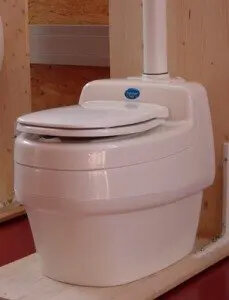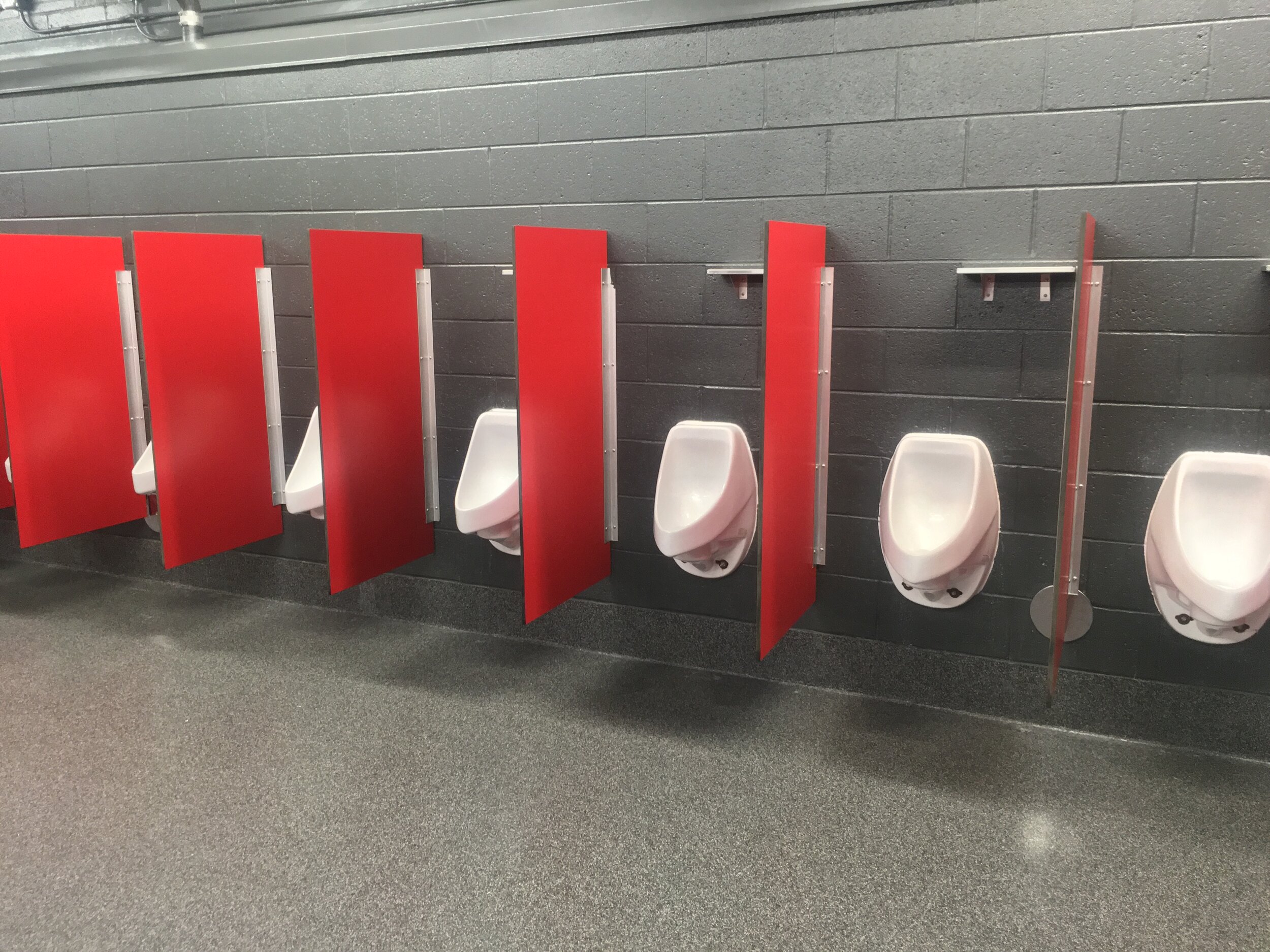We have heard it several times before: COVID is changing everything, and one of the areas in a commercial facility that will be changing the most, and very soon, are restrooms. As businesses around the country and the world begin reopening, some have already made these changes.
Among them are the following:
1. Sinks and Countertops
Photo by Buchen WANG on Unsplash
Many facilities are removing sinks from restrooms. Where there may have been three, there are now only two. The reason for this is to allow more space between the sinks.
Remember, more space – or shall we say enhanced distancing – is one of the key ways to stop the spread of this disease.
However, the materials used are also changing. What we will see more of is the use of exceptionally smooth, non-porous materials. Right now, natural and synthetic quartz are getting quite a bit of attention. These smooth surfaces help prevent the growth of bacteria, mold, or soil accumulation.
2. Antimicrobial Finishes
Many commercial restrooms, by law, must have such things as grab bars installed in their restrooms. Studies have found that these can become very germ-infested, very quickly. Further, they are not often cleaned as frequently as they should, and are often overlooked entirely when it comes to cleaning.
Expect grab bars and other high-touch metal surfaces in restrooms to be manufactured with antimicrobial coatings. In some cases, copper will be used. Copper is inherently antimicrobial. These items will still need to be cleaned. It's just that the copper or coatings will help delay or minimize the contamination that can build up on these surfaces.
3. Changing Soap Locations
Wall dispensers for soap may be a thing of the past. Typically, when these are installed, one dispenser is installed for every two or three sinks. The problem is that in the process of reaching over to grab the dispenser, soap can drip onto the counter, on faucet handles, or onto the floor, potentially spreading contaminants. In the future, expect each sink to have its own soap dispenser, comfortably located close by.
4. Central Washing Stations
The typical American restroom has one wall for sinks, and opposite the sinks, are toilets and urinals.
In Europe, on the other hand, many restrooms are designed with a central washing station in the middle of the restroom. Toilets and urinals are installed around the parameter of the restroom.
Why would this be better? With the European design, there is greater room circulation and fewer people bundle up in one central area – to use the sinks – than with the American layout.
5. Touchless Everything
Every restroom fixture that once needed to be touched – for instance, to flush - will now have auto sensors determining when flushing is called for or water is required. Going "touchless" has been evolving for more than a decade. However, COVID has accelerated the pace.
This also makes it easier for custodial workers to keep restrooms cleaner and more hygienic. For instance, over the years, with the installation of more waterless urinals, cleaning workers have found them to be easier to clean and maintain. This is because they do not have any type of flush handle to wipe and disinfect.
6. Improved Ventilation
Expect ventilation systems to be enhanced considerably in the post-COVID restroom. The goal is not just more air in the restroom. We want more air movement with more fresh air mixed with treated air.
While the jury is still out, it is believed COVID germs can become aerosolized, collect, and remain in the air. With these enhanced ventilation systems, they will be removed from the restroom, so that they are not inhaled.


























